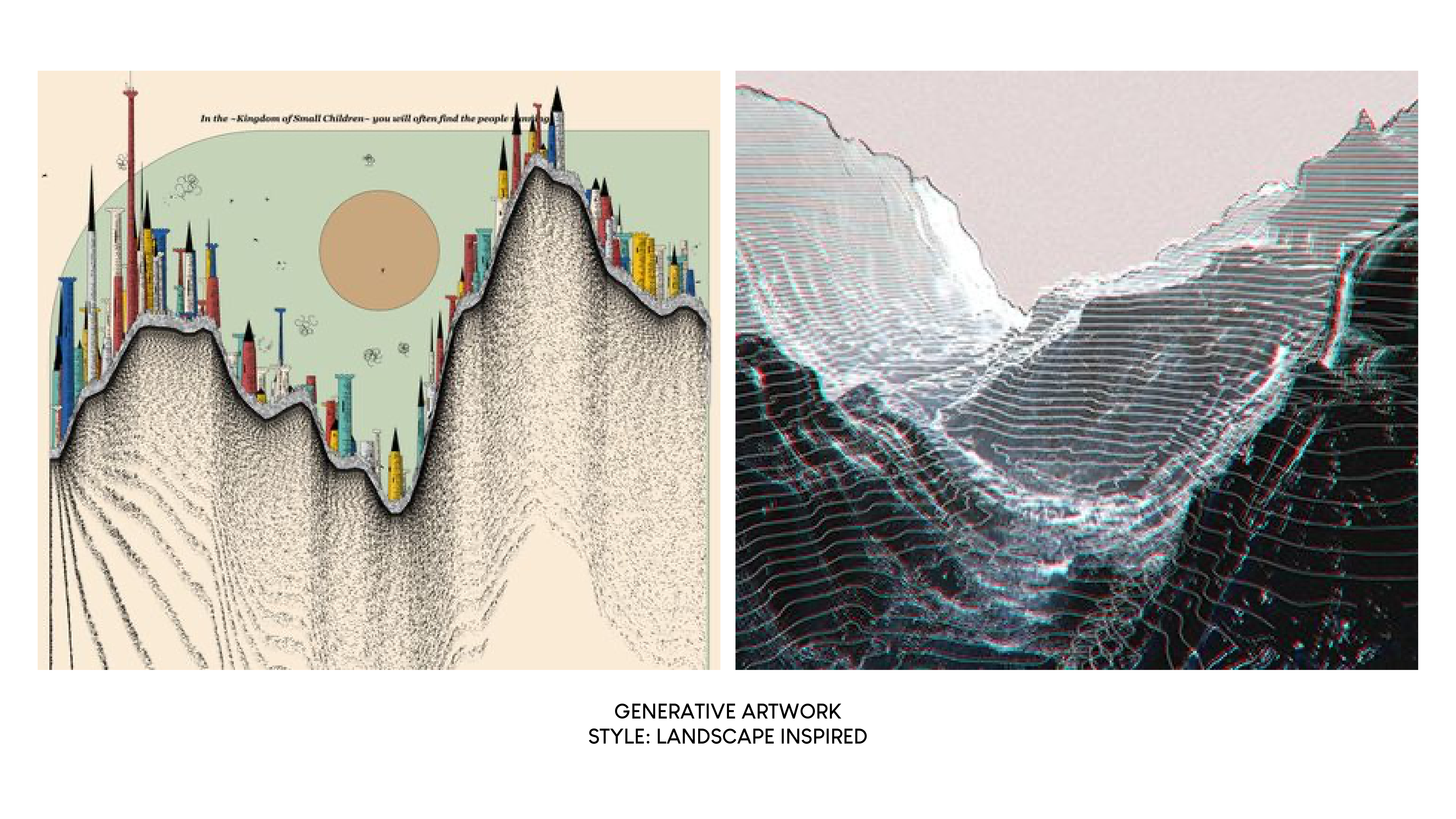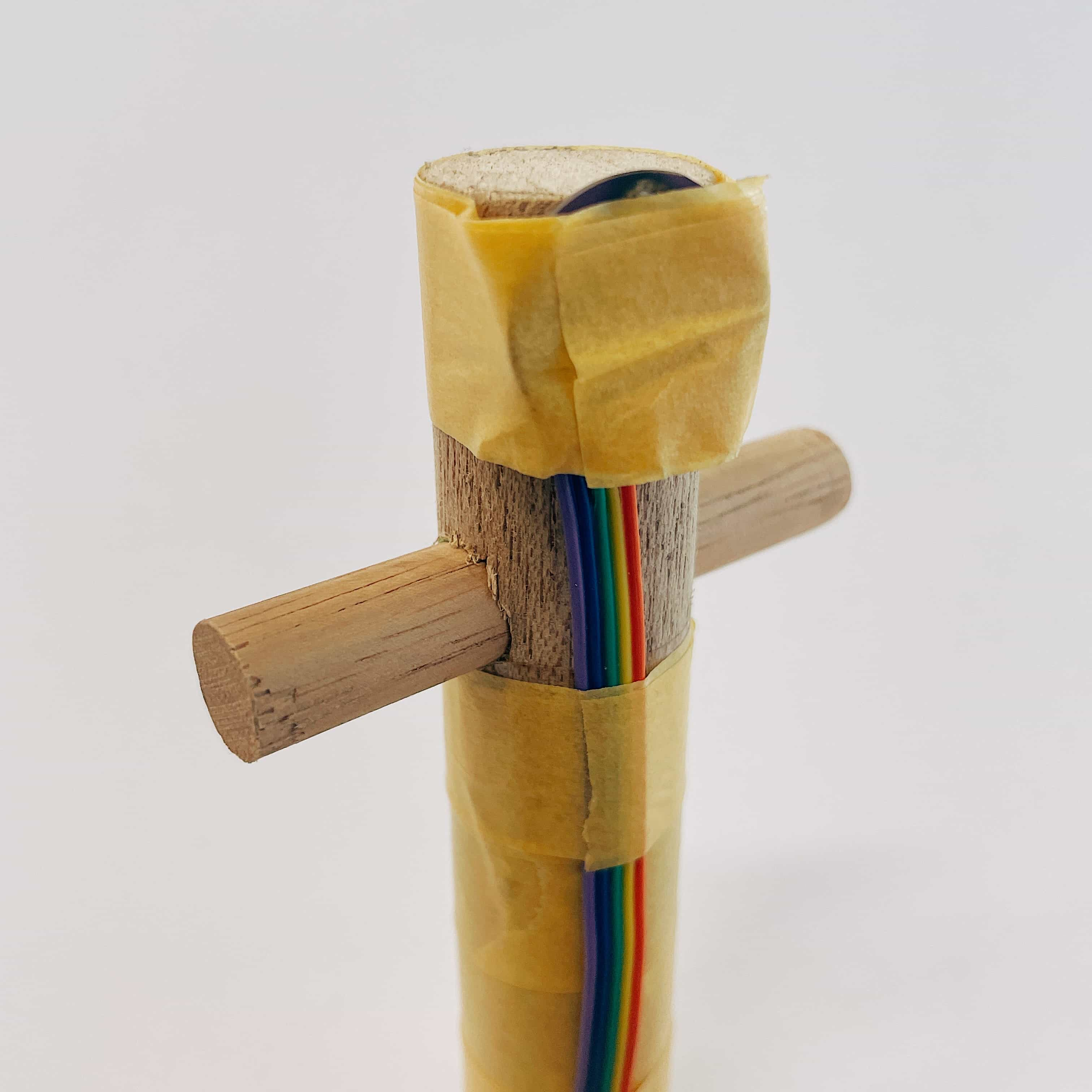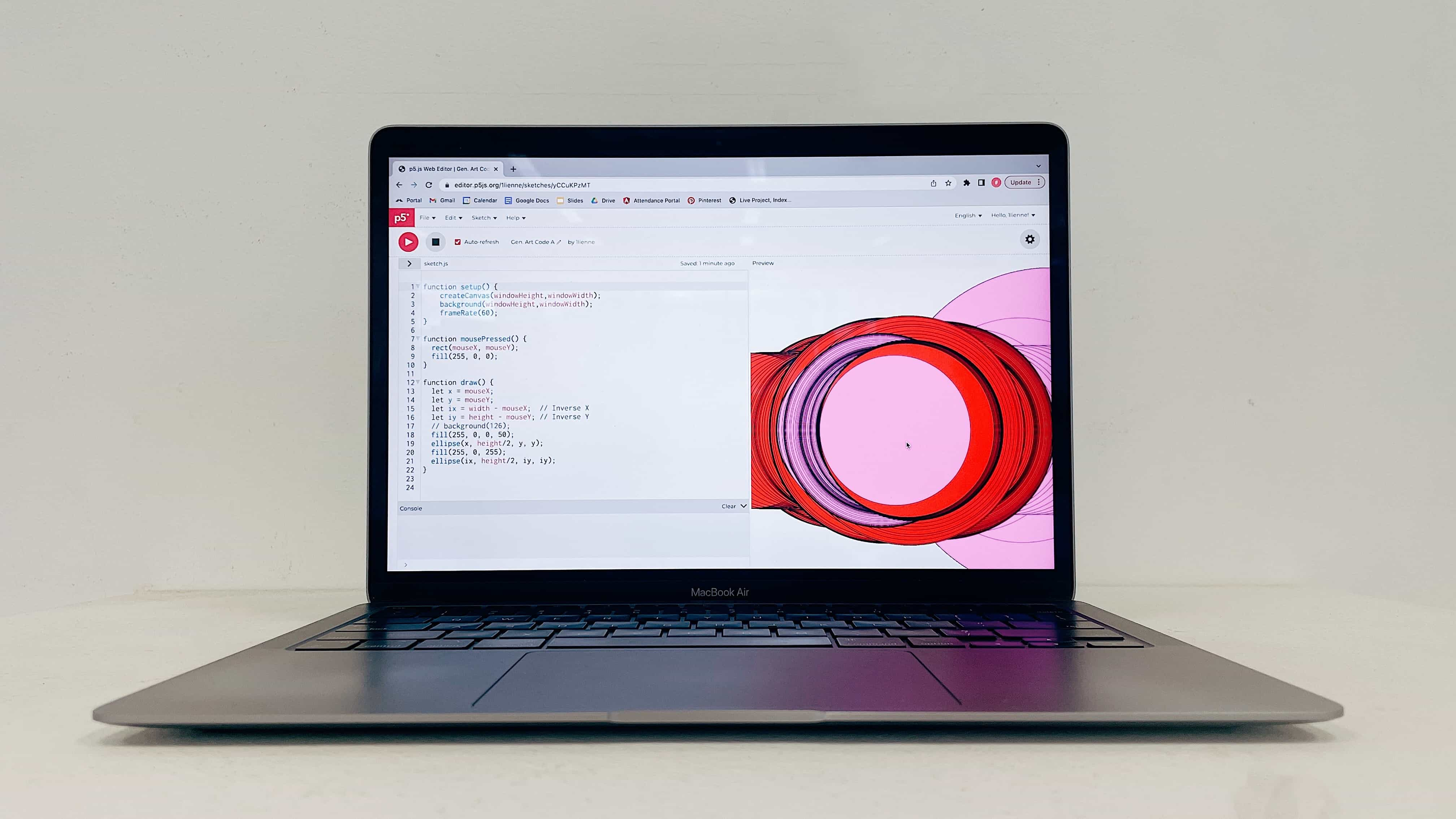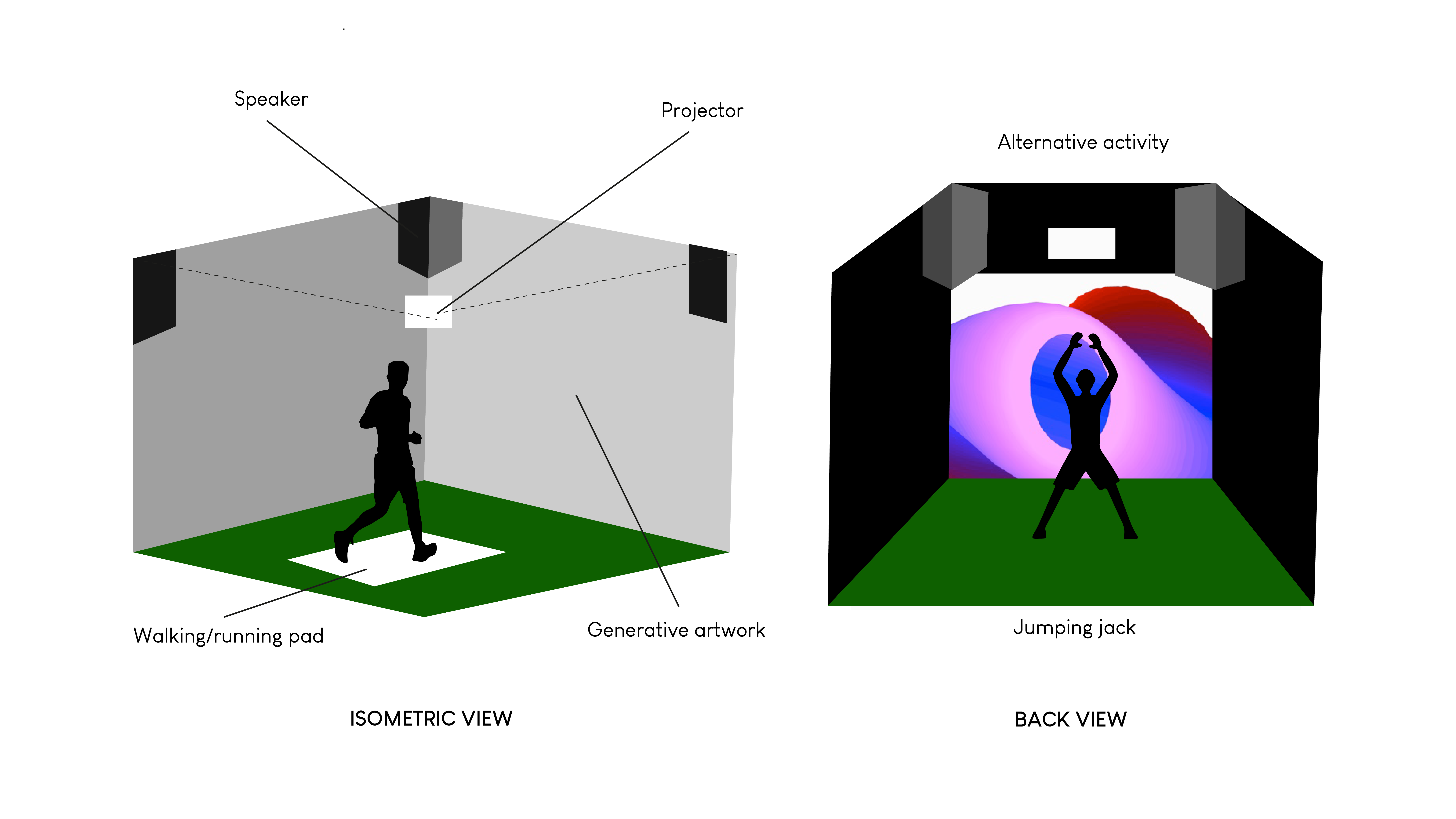
The Concept
The four aspects that define our mock client are the industry they belong to, their brand personality, the demographic they cater to, and the values of their brand; these are sportswear, excitement, young adults, and stylish adaptability, respectively.
With these defined, we contextualised our client within the brief by assessing a challenge, identifying an insight, and using these to propose a solution in the form of an installation-based brand activation. Behind each of our client’s defining aspects, the team asked each other a stimulating question to reach a more well-informed insight. For example, we pondered on, What excites and inspires? on a general scale and then narrowed down with respect to our industry and demographic. This process can be seen in the images below of our textual concept map, created through the Miro website, and our mood boards.
From this assessment, we gained a clear overview of our project and refined a concept to further develop. The challenge for our client was that the nature of exercise, repetitive thus becoming predictable and often perceived as boring, counteracted their brand personality of excitement.
To mediate this, the team would have to incorporate enjoyable elements to make working out fun for the demographic. As such, the team’s identified insight is that young adults thrive on new experiences that are unique and variable, so if we fuse these qualities into exercise, we can redefine exercise into something exciting.
The design solution we conceptualised is a campaign titled Artleisure that blends art, fitness, and technology. This entails an audio-visual installation built on generative artwork where users can experience sounds and visuals that adapt to their movements, thus creating an immersive workout environment.
Each step in the development of our concept was carefully rationalised to optimise the impact of the brand activation and maximise its success through audience participation.
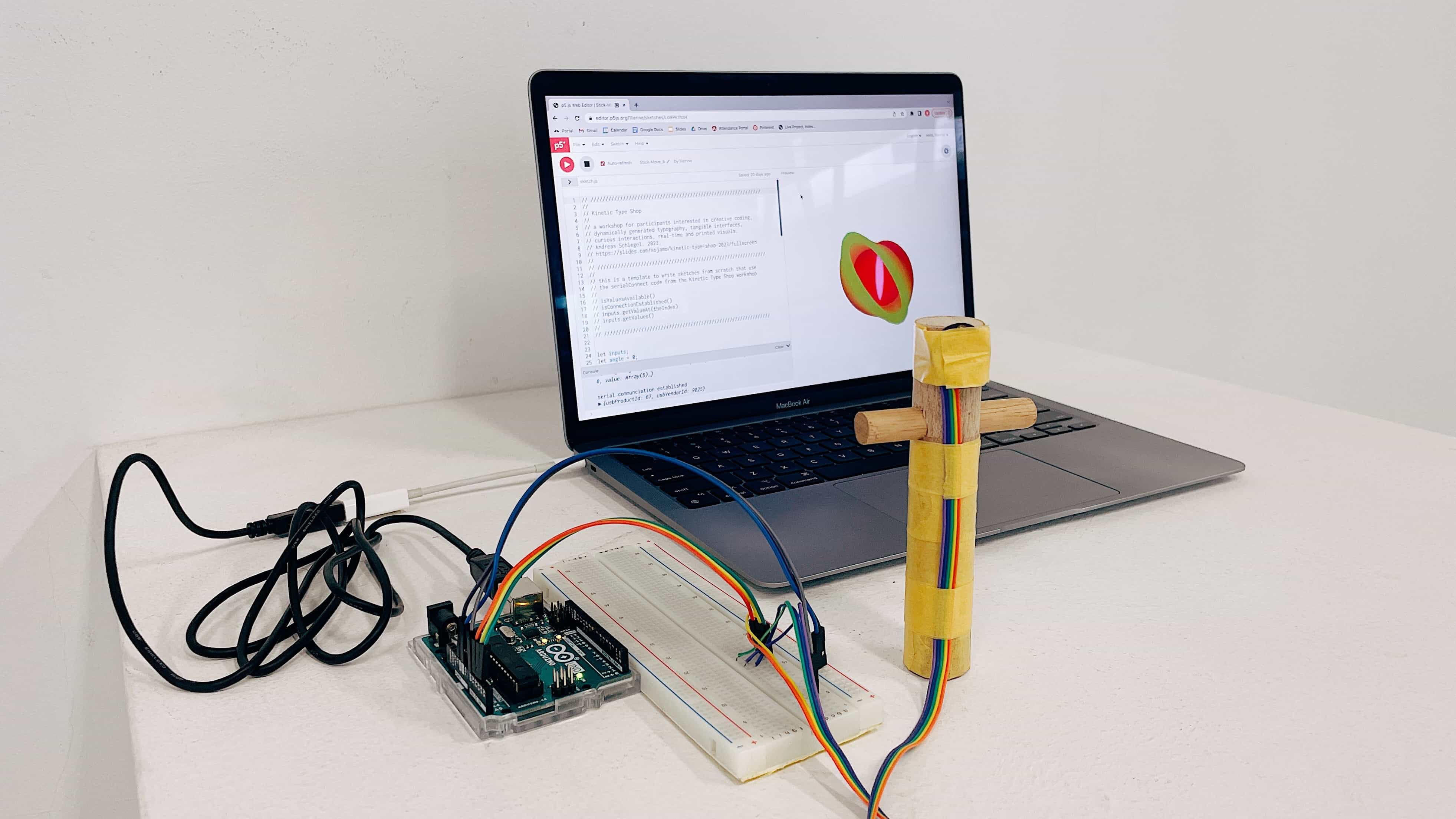
Tools Used
We employed Arduino hardware, a sensor, and p5.js to bring our concept to life. To determine that these were appropriate tools, the team outlined the input, process, and output behind our project. The generative artwork of the installation requires a motion input of the user’s exercise such as their position or acceleration. The process would then entail continuously receiving this data and creating a code through p5.js that would translate this into our output—audio and visual art that adapts and evolves.
The Arduino is a microcontroller board that can read various inputs through lights, sensors, and motors and transform them into an electronic output. As such, through attaching the board to a sensor chip that can read acceleration values, we can obtain the required motion input.
On the other hand, p5.js is a JavaScript library that essentially allows us to code the interactive graphics integral to Artleisure. Through this tool, we can translate the numerical data into the generative audio-visual artwork. Our project thus combines hardware and software to collect data from a sensor and create a visualisation of this.

Initial Ideas
Before we developed our refined concept, the team had two initial, surface-level ideas. The first idea, E-Textile Wear considered how people often enjoy customised infographics of their data, such as the yearly Spotify Wrapped campaign. This concept utilises wearable technology in the client’s sportswear to process the user’s physiological data and present them with a visualised breakdown of their workout.
The second idea, AvaMove, was founded on the team’s observation that people to tend enjoy avatar versions of themselves, as evidenced through the popularity of avatar social networking apps such as Bondee and Zepeto. Upon trying the client’s items and sharing a picture on social media, the concept would create a mobile game avatar for the user where they would go through physical challenges and adventures to display the durability of the sportswear.
In the end, both ideas were lacking in their foundation, originality, and overall strength as a brand activation. The team realised that we were at fault for being more concerned with employing impressive technologies rather than creating an experience contextualised to the brief and relevant to our client’s identity.
Learning from these mistakes, we were more deliberate during the conceptualisation of Artleisure, thoroughly rationalising each choice to realise a design solution. Moreover, the refined concept synthesises aspects from each of these initial ideas, particularly the wearable technology of the first idea and the data visualisation of the second one.


